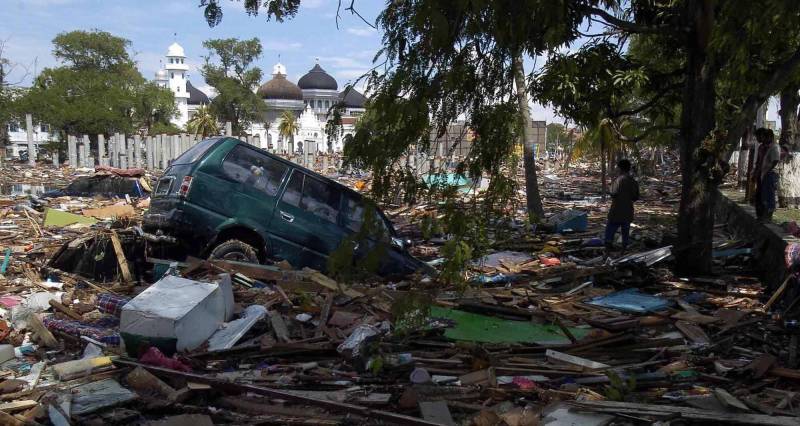Hirshorn also agonizingly details how he and his colleagues tried to warn countries in the path of the approaching tsunami. Their efforts were largely unsuccessful, because the endangered locations didn’t have warning systems in place at the time. Hearing Hirshorn relive the experience of knowing carnage was imminent, desperately trying to get thousands of humans out of harm’s way and being foiled by logistics raises the blood pressure again and again.
Race Against Time doesn’t stop there. It also delineates the confusion in the media during the earliest coverage of the disaster. Sri Lanka was first thought to be the country most affected; in reality, Indonesia was hit the hardest (167,000 people died there). That took many hours to fully comprehend because the country’s communications networks had been wiped out. The issue was exacerbated by understaffed, holiday-period newsrooms.
Race Against Time is an often challenging, and harrowing, viewing experience. But there’s just enough hope to get viewers through it. Many of the featured survivors tell of strangers — so many fearless strangers — who, under pressure, transformed into indefatigable heroes who put their own lives at risk to save others.
One young woman’s story of a family trip to an isolated island plays out like a horror movie — until one brave police lieutenant arrives on a Jet Ski. One Sri Lankan bus station security guard returns to violent waters again and again to rescue passengers. A vacationing British doctor springs into improvised action to help the multitude of injured people on an isolated Thai island — even though his girlfriend has been swept away in the disaster and he does not yet know her fate.


